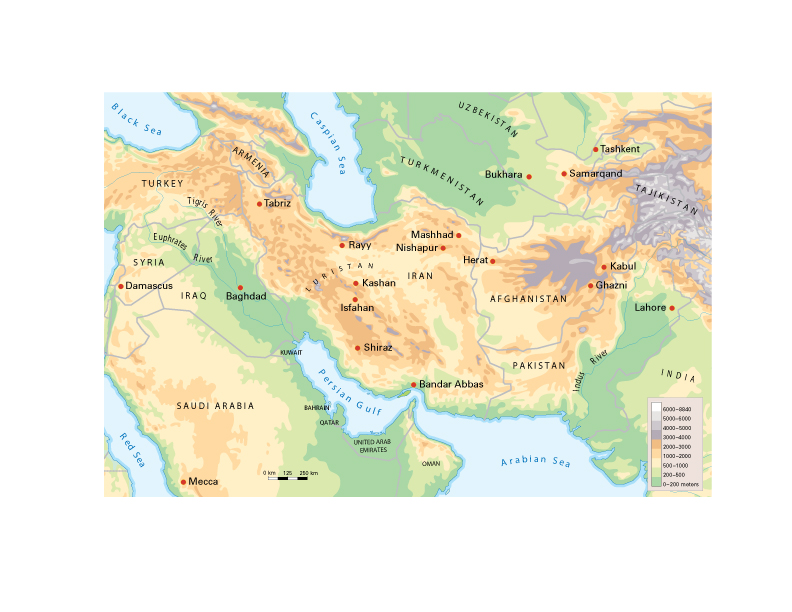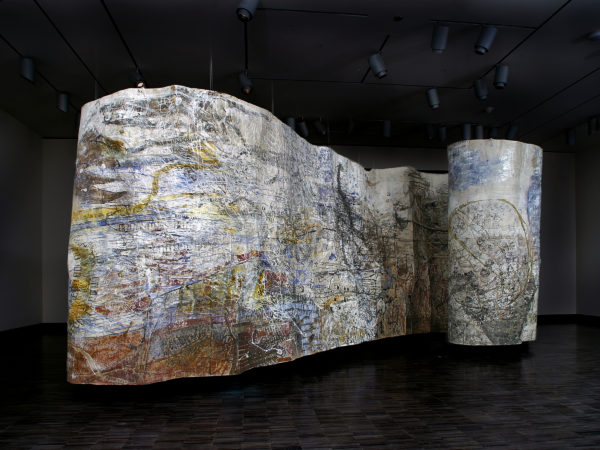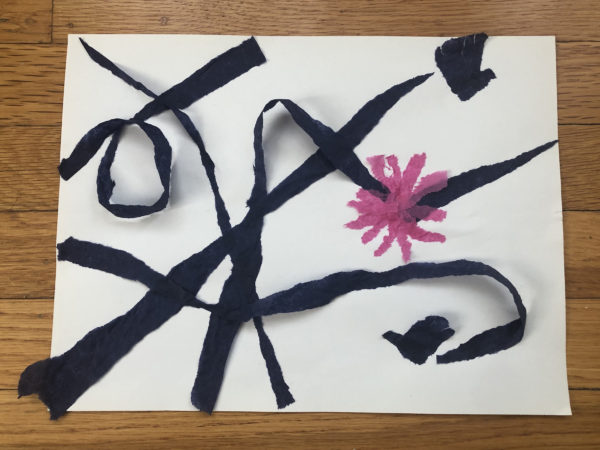Activity
Learn about BCE and CE through Events in Afghanistan
Objective: By constructing a graph that visually reflects a time span, students will gain a basic understanding of BCE and CE and specifically when key events happened in Afghanistan.

Map of the Persian World and West Asia
Overview:
Students will construct a timeline showing key events in the history of Afghanistan, with emphasis on ancient civilization.
Materials and Preparation:
1.) student worksheet: Make a Timeline: Key Events in the History of Afghanistan (teacher should make copies for students); 2.) rolls of blank paper or 4 sheets of blank paper for each student; 3.) rolls of cellophane tape for students to share; 4.) yardstick or long straightedge, centimeter rulers, pencils, colored pencils
Procedure:
- Using cellophane tape, students tape 4 sheets of paper on the 8.5 inch side of 8.5 x 11 inch paper to make one long piece that is about 44 inches (112 cm), measured horizontally, and 8.5 inches measured vertically. Using a yardstick, students draw a horizontal line the length of the 4 taped sheets of paper.
- Using a scale of 1cm = 100 years, students mark off units from left to right along the horizontal line, labeling the first mark as 8000 bce. The next mark to the right will be 7900 BCE. At every 5 marks students should label the year, beginning with the mark representing 7500 BCE. Therefore, students will mark ticks at every centimeter (century), and will label every 500 years. Make sure students label the numbers in descending order as they label from left to right in the bce range (getting closer to the year zero), and then in ascending order as they go to the right of year zero in the ce range. Teacher may model by taping a long paper to the front board and demonstrating the labeling, using a bold marking pen visible to students.
- Students continue labeling until they get to the current year.
- Using the timeline date sheet Make a Timeline: Key Events in the History of Afghanistan, students will label key events at the appropriate date on the timeline.
- Students draw and color a small illustration to represent each key event.
- After all the key dates from Afghanistan history are labeled, students can insert their own birth dates, 1492 (Columbus “discovery of America”), 1776 (founding of the US), etc.
Extension:
Using the timeline Key Events in the History of Afghanistan, students can record key events of other civilizations that are studied in the school year. For example, when setting up the initial timeline, have students divide the long paper into 4 rows, one under the other, and label each row with the name of a civilization. The simplest way is for students to first fold the 4 papers at the tape seam, then fold the packet into fourths, each row about 2 inches deep. For example, if studying Afghanistan, China, India, and Mesopotamia, the top of the paper would have the dates (centuries) labeled for Afghanistan, and below this row would be the events that happened in China, and below this the row with events of India, and below that a row with the key events of Mesopotamia. Students would then get a clear comparison of what was happening in different parts of the Asian and Eastern Mediterranean world at the same time.
This lesson was created by Agnes Brenneman, Curriculum Consultant and retired 6th Grade Teacher, Park Day School, Oakland, CA, in conjunction with the exhibition, Afghanistan: Hidden Treasures from the National Museum, Kabul.






